The good: Long battery life, Good camera with a wide range of controls, Easy to grip without a case
The bad: Includes excessive apps, Not water and dust resistant, No virtual assistant at launch
Who should buy: Android fans looking for a great large phone with long battery life.
When Samsung recalled its Galaxy Note 7 last September, Android fans looking for a big-screened smartphone were left with few choices aside from Google’s Pixel XL.
Enter Huawei’s Mate 9, which launched in the U.S. in early January. The Mate 9 packs a dual-lens camera co-engineered with Leica, a 5.9-inch screen, and a large, long-lasting battery. It’s a more than worthy competitor to similar phones from Apple, Samsung, and Google.
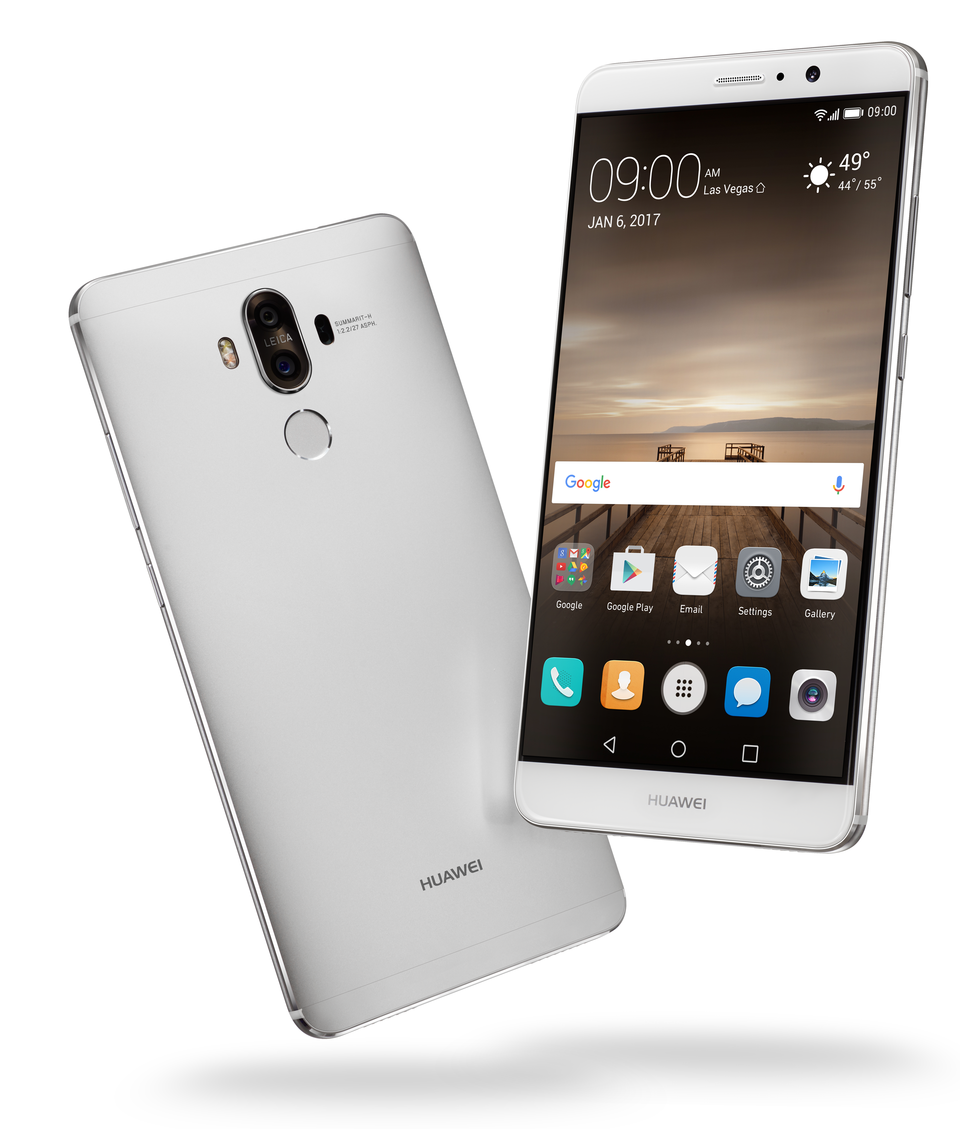
Huawei’s device will also be the first smartphone to include Amazon’s Alexa voice assistant built-in, which will be added through a software update promised to arrive during the first quarter of this year. With Alexa, Mate 9 will be capable of handling many of the same tasks as the Amazon Echo. Users will be able to ask Alexa simple questions, control smart home devices, or even order a pizza with their voice.
Available for $600 through Amazon, Best Buy, Newegg, and B&H, the Mate 9 is compatible with AT&T and T-Mobile’s networks. Here’s a closer look at what it’s like to use.
How it looks and feels
There’s little that distinguishes Huawei’s Mate 9 from other high-end smartphones in terms of appearance, but that’s not necessarily a negative. Made of metal and glass, the phone looks sleek and is surprisingly easy to grip (the iPhone, I’ve found, sometimes feels a bit slippery without a case.) The borders along the side of the display are also notably thin, allowing for more screen real estate without increasing the device’s overall size.
The Mate 9 lacks a physical home button and instead includes navigation keys that appear on screen as needed, like many Android phones. Thus, the fingerprint sensor is located on the back of the device, as is the case with the Google Pixel. This means you’ll have to pick up your phone whenever you want to unlock it using the fingerprint scanner, which can be bothersome for some. That being said, the sensor detects your fingerprint impressively fast.
Using it
Huawei’s Mate 9 shares one of the best tricks of Google’s latest handsets: You can choose to use the circular fingerprint scanner as a touchpad for the notification panel. Swiping down will cause the alert pane to drop down from the top of the screen, while swiping up dismisses it. It’s a helpful shortcut that makes it easier to use such a massive phone with one hand. The Mate 9 also supports a split-screen mode that makes it possible to view more than one app at the same time. Certain other large-screen Android phones, such as Samsung’s Galaxy Note devices, also have this ability.
If you’re curious about what really differentiates the Mate 9 from its Android rivals, look to its hardware, not software. Thanks to a Huawei algorithm, the phone learns a user’s habits and allocates its processing resources accordingly. Huawei’s Mate 9 certainly offers speedy performance: whether I was checking email, playing games with demanding graphics, or browsing the web via Chrome using multiple tabs, I never experienced any lag. But it’s impossible to determine if the Mate 9 truly lives up to all of Huawei’s claims without using it for several months to check for performance slowdowns over time.
The software, meanwhile, includes the most commons staples seen on Android devices, such as a variety of settings shortcuts that become accessible when pulling down from the top of the screen. However, the Mate 9 is also pre-loaded with a hefty number of apps, including Booking.com, CNN, TripAdvisor and more. The app overload made the phone feel cluttered right out of the box.
Smartphone shoppers worried about losing their headphone jack need not worry about the Mate 9: Huawei’s phone includes both a USB-C port for charging and a standard 3.5mm audio slot for plugging in headphones. The device comes with 64GB of storage; users can add up to 256GB via a microSD card.
Battery life
If you’re one of those people who can’t bear to get through a workout without Spotify or are totally lost without Google Maps, you know how valuable long battery life can be in a smartphone. The Mate 9’s large battery (4,000 mAh in capacity compared to the Galaxy S7 Edge’s 3,600 mAh battery, Google Pixel XL’s 3,450 battery, and the iPhone 7 Plus’ 2,900 mAH battery) completely delivers on this front. I’ve been using it for about 13 hours and the battery has only drained by 50%. And that’s just on normal usage without the power savings mode turned on.
Battery life will always vary depending on how you use your phone (using apps that rely on location data, constantly fetching email from the server, leaving Bluetooth turned on, and cranking up your phone’s screen brightness can all drain battery more quickly). During my time with the Mate 9, I’ve primarily used the device for my usual daily tasks like checking email and using Facebook, Twitter, and Instagram in addition to playing games and streaming media from YouTube and Spotify. I occasionally turned on Bluetooth to use wireless headphones, and often left the brightness set to auto. If that sounds a lot like your daily routine, you can expect similar results from the Mate 9.
The camera
With its Mate 9, Huawei aims to prove that photographers don’t need a dedicated digital camera to get tighter control over their shots. The phone includes a Leica dual-lens camera with a 12-megapixel RGB sensor and a 20-megapixel monochrome sensor. The former is for rendering bold colors, while the later is designed to catch detail, Huawei says.
The Mate 9’s camera software is loaded with goodies photography nuts will appreciate, such as a Pro mode that lets users tinker with ISO levels and other settings. A variety of shooting styles are available as well, many of which have become common on smartphones, such as a mode that airbrushes selfies and a Night Mode. One of the rarer of these modes is Light Painting, which uses a long exposure to help users capture flashlight artwork that’s all the rage on Instagram.
The Mate 9’s camera is undoubtedly good. But the question isn’t whether or not it offers great image quality; it’s whether or not it can outperform rival phones made by Apple, Samsung, and Google, all of which have boasted about their smartphones’ superior camera features in recent years. The answer is complicated and largely depends on the conditions in which you’re shooting.
Huawei’s phone is generally great at nailing the right lighting and displaying bold yet natural colors across the board. When capturing a close-up photo of a deep red branch, for example, the Mate 9 produced the best combination of punchy color and lighting that didn’t wash out the scene, and it was able to focus on the subject quickly. In a separate photo overlooking New York’s East River, however, I noticed that the Mate 9’s photo wasn’t quite as detailed in some areas as the pictures snapped by its rivals. The ripples in the water, for instance, are more defined in the photo taken with the iPhone 7 Plus.
Check out these samples:
Huawei Mate 9

Apple iPhone 7 Plus

Samsung Galaxy S7 Edge

Google Pixel XL
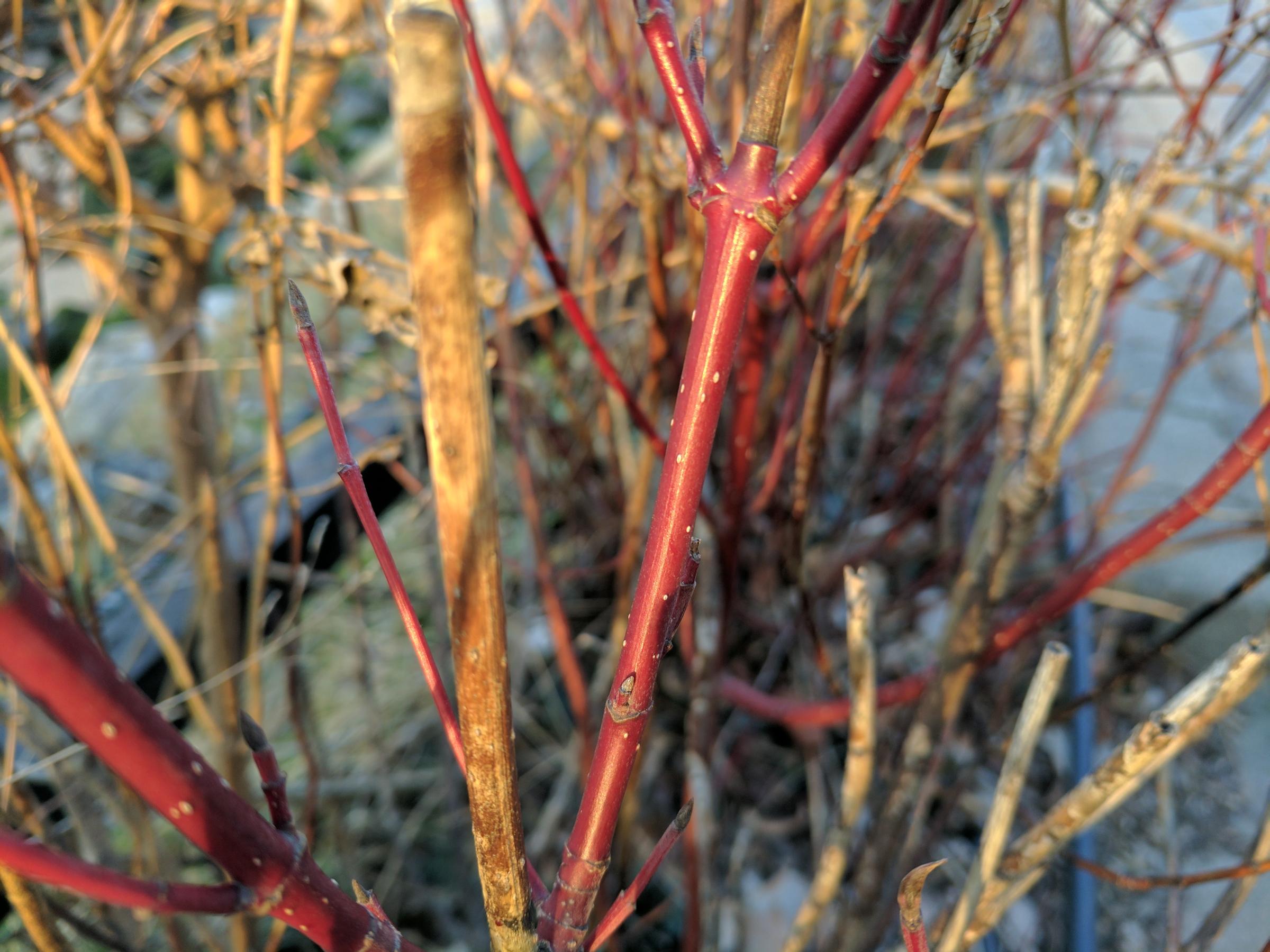
Huawei Mate 9
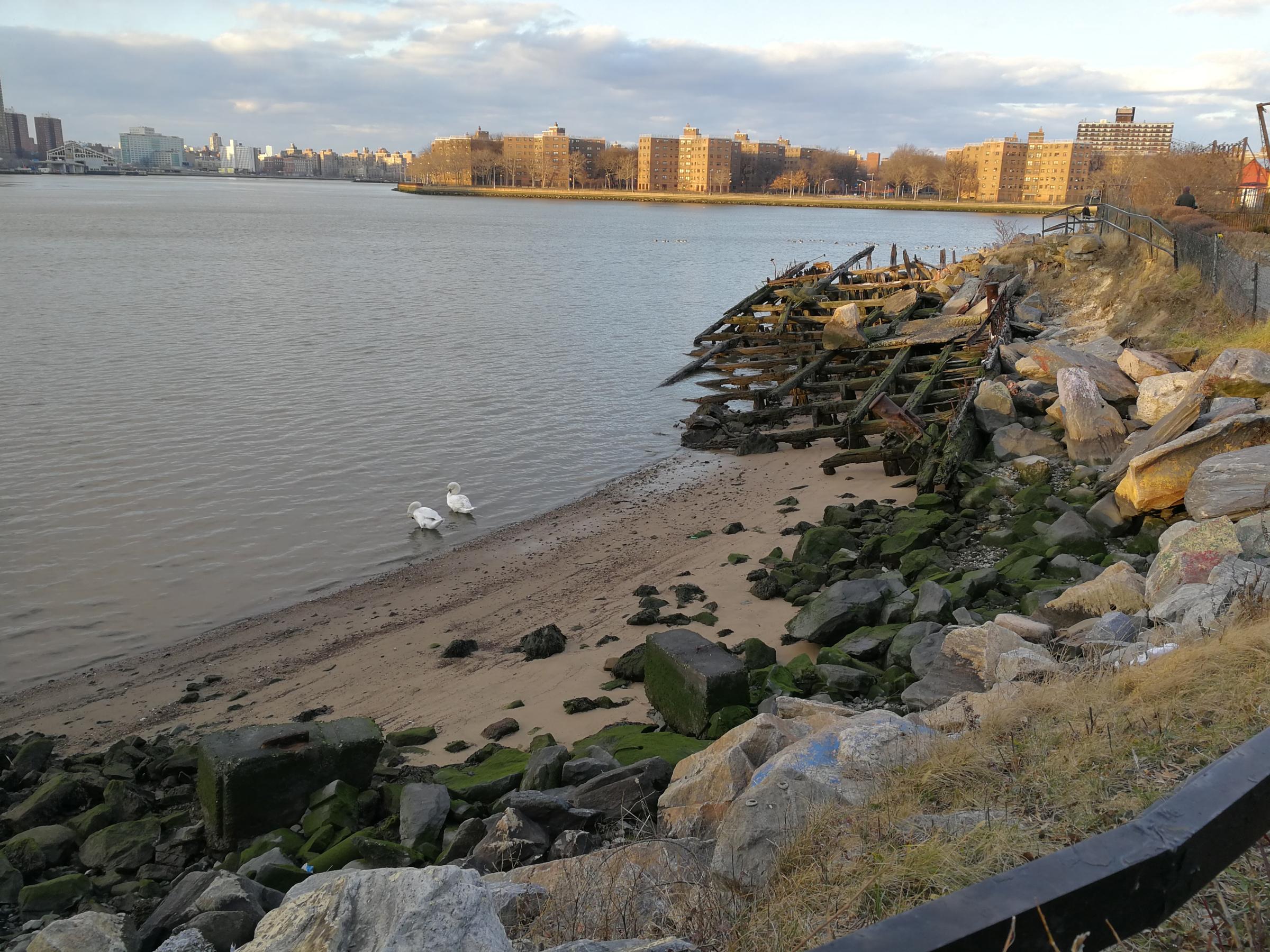
Apple iPhone 7 Plus
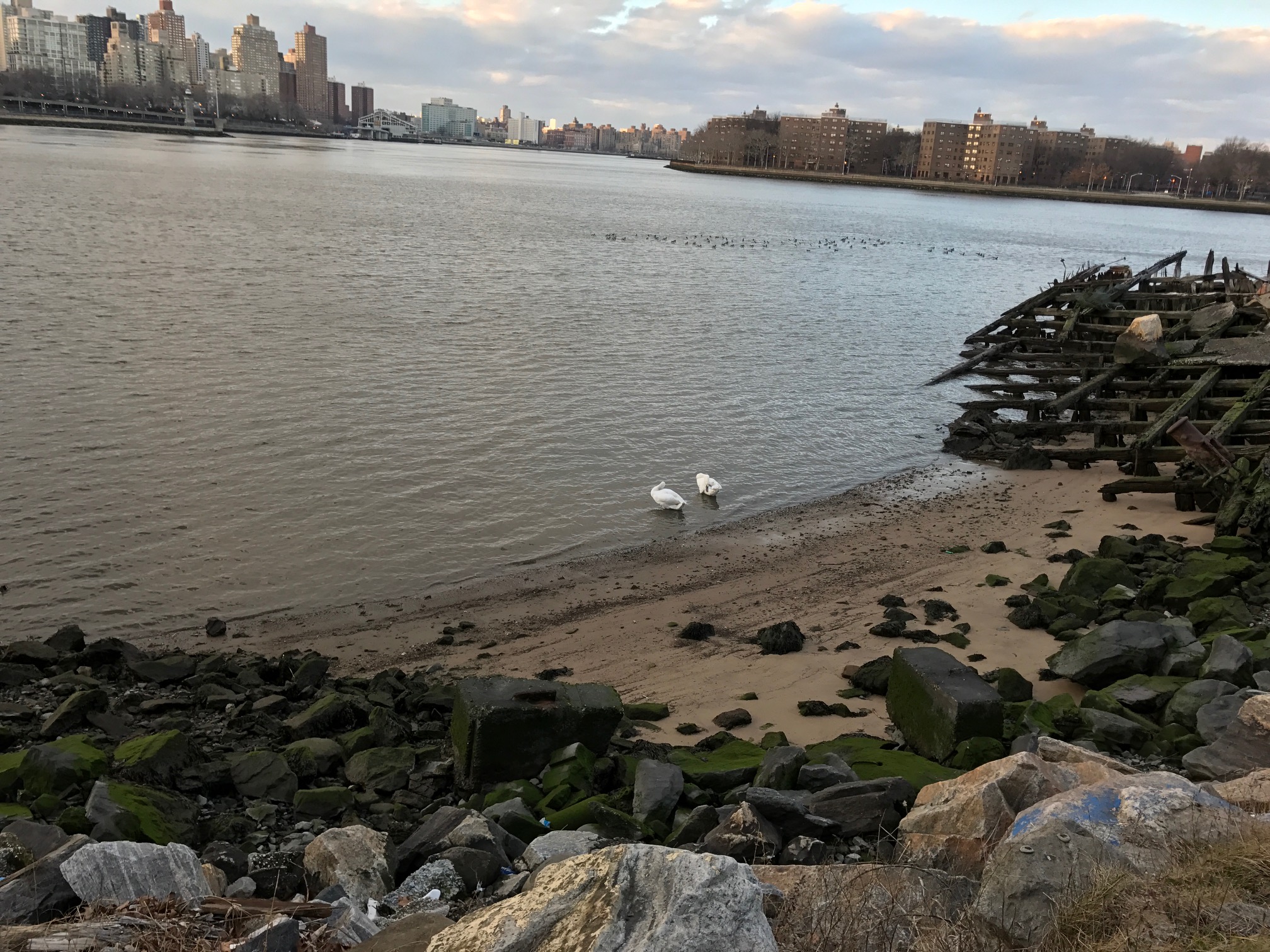
Samsung Galaxy S7 Edge

Google Pixel XL
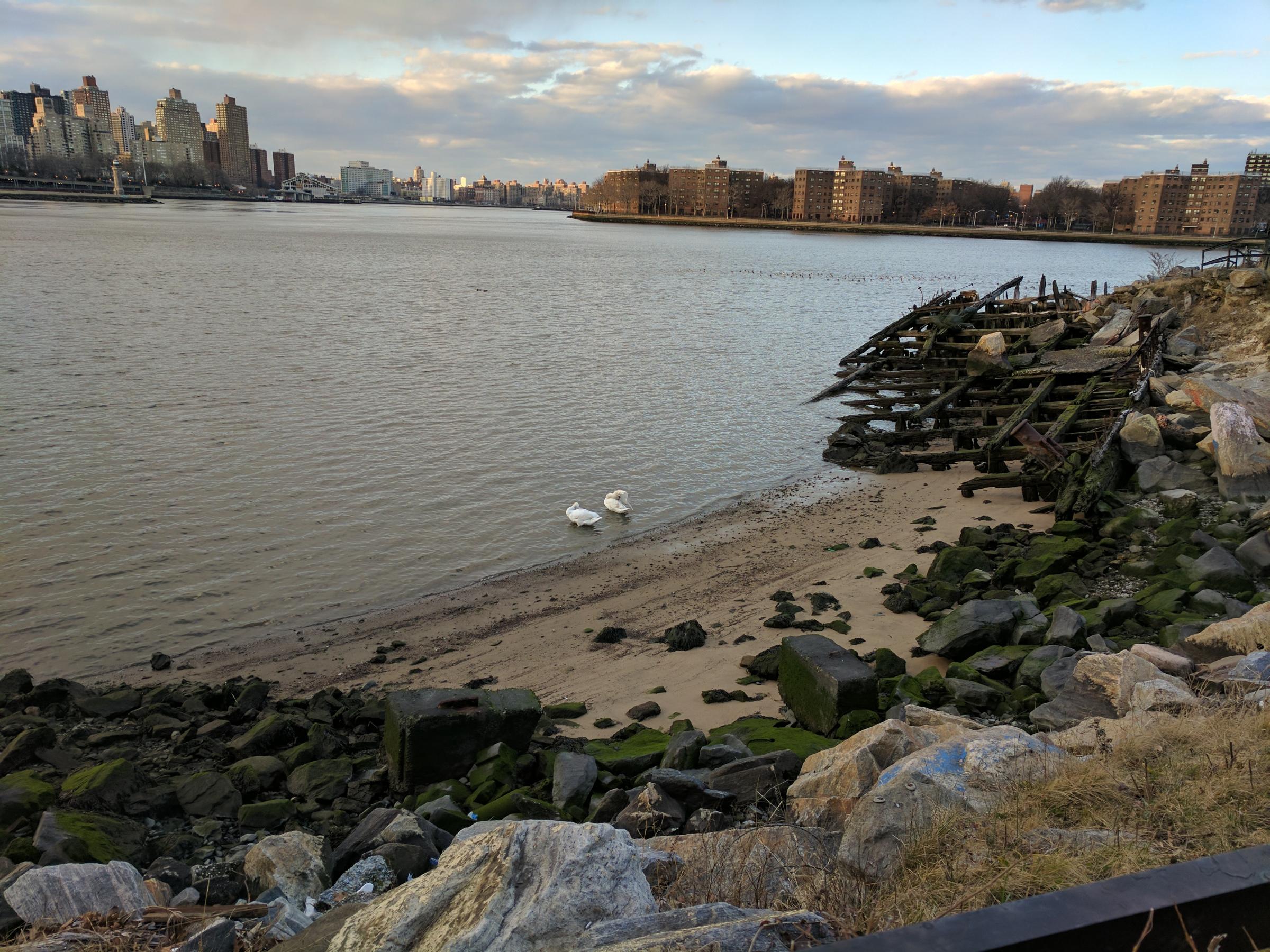
In dim conditions, the Mate 9’s camera performs fairly well even without Night Mode turned on. When shooting a photo in an indoor area with low little to no lighting, I was still able to see my subject’s face with some detail. In general, smartphone cameras have gotten better at taking pictures in poorly lit circumstances: the iPhone 7 Plus, Google Pixel, and Galaxy S7 Edge all captured acceptable photos in the same environment. But the Mate 9’s images offered the best mix of lighting and detail, with Samsung coming in as a close second (although the Galaxy S7 Edge’s photo was brighter, it wasn’t quite as sharp.)
The Mate 9 is also capable of capturing photos with a “bokeh” effect, which blurs the background while keeping the main subject crisp, similar to the iPhone 7 Plus’ Portrait Mode. What Huawei offers that Apple doesn’t, however, is the ability to fine-tune the background’s blurriness after the photo has been taken. My one complaint about this feature is how difficult it was to find; you need to tap the Wide Aperture icon toward the top of the screen to get it to work, while many of the phone’s other shooting modes are accessible by swiping to the right.
Conclusion
Huawei’s new flagship smartphone shines in all the right places, with its long lasting battery life, sharp camera, and attractive looks. There are some areas where it falls behind the competition: it’s not water and dust resistant, and it includes some unnecessary apps which can make the interface feel cluttered. Regardless, it’s clear that Huawei focused on the core features that matter most, not gimmicks, which is sure to please most buyers. When its Alexa voice assistant launches, the Mate 9 will be an even more tempting choice for Android fans.
4 out of 5 stars
More Must-Reads from TIME
- How Donald Trump Won
- The Best Inventions of 2024
- Why Sleep Is the Key to Living Longer
- Robert Zemeckis Just Wants to Move You
- How to Break 8 Toxic Communication Habits
- Nicola Coughlan Bet on Herself—And Won
- Why Vinegar Is So Good for You
- Meet TIME's Newest Class of Next Generation Leaders
Contact us at letters@time.com